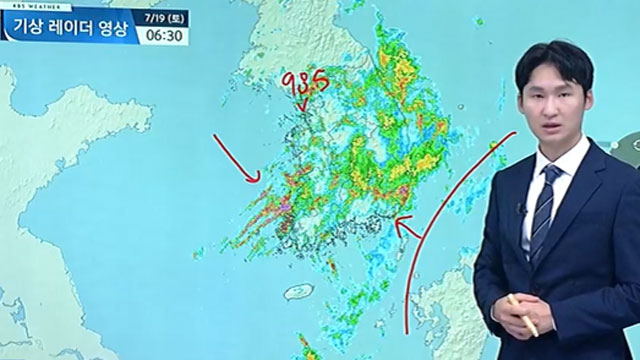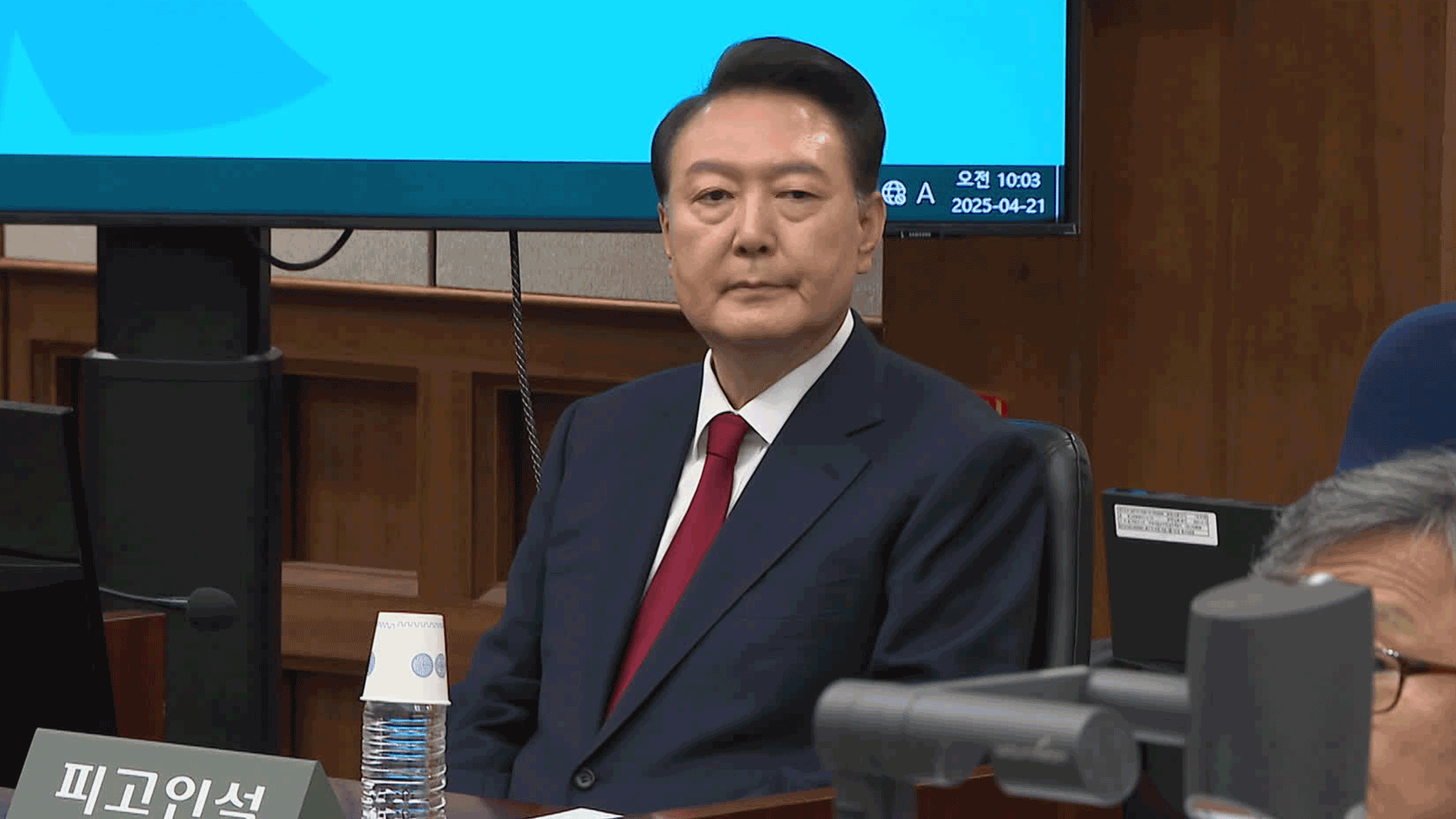[News Today] GOV’T OVERHAULS MEDICAID
입력 2024.08.13 (16:20)
수정 2024.08.13 (16:23)
읽어주기 기능은 크롬기반의
브라우저에서만 사용하실 수 있습니다.
[LEAD]
The Medical Aid program for low-income groups will see its first overhaul in 17 years. The government aims to increase personal contributions by beneficiaries to ensure fiscal health. This change is heightening concerns among many aid-receiving households about their medical expenses.
[REPORT]
Lee Hee-seong relies on basic livelihood subsidies to support his three teenage children and his elderly mother.
His children have severe disabilities, while his mother needs 1.5 million won, or slightly over a thousand dollars, a month to receive treatment for her bad knee.
Lee Hee-seong / Recipient of basic livelihood subsidies
My youngest child is hospitalized now. All the subsidies we receive are spent
to pay our medical bills.
The family has so far managed to pay medical bills relying on medical subsidies, but circumstances are about to change.
The medicaid system is to be overhauled from copayment to coinsurance, whereby patients must pay a certain percentage of their medical bills instead of a fixed sum.
From next year, out-patients at tertiary care hospitals will have to pay 8% of their medical bills instead of the current fixed sum of 2,000 won, or around 1.5 dollars, per visit.
This means the more frequently patients are to visit hospitals, the more they will have to shoulder in health care costs.
The government says the measure is necessary because low-income patients living on basic livelihood subsidies seek
out-patient treatments about twice as much as the average, and their medical costs per visit are more than three times
as high.
Cho Kyoo-hong / Minister of Health & Welfare (July 25)
Current medicaid doesn't take into account changes in medical costs. Coinsurance will raise awareness and promote rational use of health care services.
The recipients of health care subsidies account for about 3% of the country's population. About 30% of them have disabilities, and the elderly also make up a considerable portion.
Jeon Jin-han / Korean Federation Medical Activist Groups for Health Rights
They go to hospitals because they are really ill. The new system seeks to save
funds by discouraging poor patients from making frequent hospital visits.
To alleviate the financial burden on low-income patients, the government has
decided to double health maintainance subsidies for Category 1 recipients of medical subsidies from the current 6,000 won, or 4.3 dollars.
■ 제보하기
▷ 카카오톡 : 'KBS제보' 검색, 채널 추가
▷ 전화 : 02-781-1234, 4444
▷ 이메일 : kbs1234@kbs.co.kr
▷ 유튜브, 네이버, 카카오에서도 KBS뉴스를 구독해주세요!
- [News Today] GOV’T OVERHAULS MEDICAID
-
- 입력 2024-08-13 16:20:25
- 수정2024-08-13 16:23:09
[LEAD]
The Medical Aid program for low-income groups will see its first overhaul in 17 years. The government aims to increase personal contributions by beneficiaries to ensure fiscal health. This change is heightening concerns among many aid-receiving households about their medical expenses.
[REPORT]
Lee Hee-seong relies on basic livelihood subsidies to support his three teenage children and his elderly mother.
His children have severe disabilities, while his mother needs 1.5 million won, or slightly over a thousand dollars, a month to receive treatment for her bad knee.
Lee Hee-seong / Recipient of basic livelihood subsidies
My youngest child is hospitalized now. All the subsidies we receive are spent
to pay our medical bills.
The family has so far managed to pay medical bills relying on medical subsidies, but circumstances are about to change.
The medicaid system is to be overhauled from copayment to coinsurance, whereby patients must pay a certain percentage of their medical bills instead of a fixed sum.
From next year, out-patients at tertiary care hospitals will have to pay 8% of their medical bills instead of the current fixed sum of 2,000 won, or around 1.5 dollars, per visit.
This means the more frequently patients are to visit hospitals, the more they will have to shoulder in health care costs.
The government says the measure is necessary because low-income patients living on basic livelihood subsidies seek
out-patient treatments about twice as much as the average, and their medical costs per visit are more than three times
as high.
Cho Kyoo-hong / Minister of Health & Welfare (July 25)
Current medicaid doesn't take into account changes in medical costs. Coinsurance will raise awareness and promote rational use of health care services.
The recipients of health care subsidies account for about 3% of the country's population. About 30% of them have disabilities, and the elderly also make up a considerable portion.
Jeon Jin-han / Korean Federation Medical Activist Groups for Health Rights
They go to hospitals because they are really ill. The new system seeks to save
funds by discouraging poor patients from making frequent hospital visits.
To alleviate the financial burden on low-income patients, the government has
decided to double health maintainance subsidies for Category 1 recipients of medical subsidies from the current 6,000 won, or 4.3 dollars.
이 기사가 좋으셨다면
-
좋아요
0
-
응원해요
0
-
후속 원해요
0















이 기사에 대한 의견을 남겨주세요.